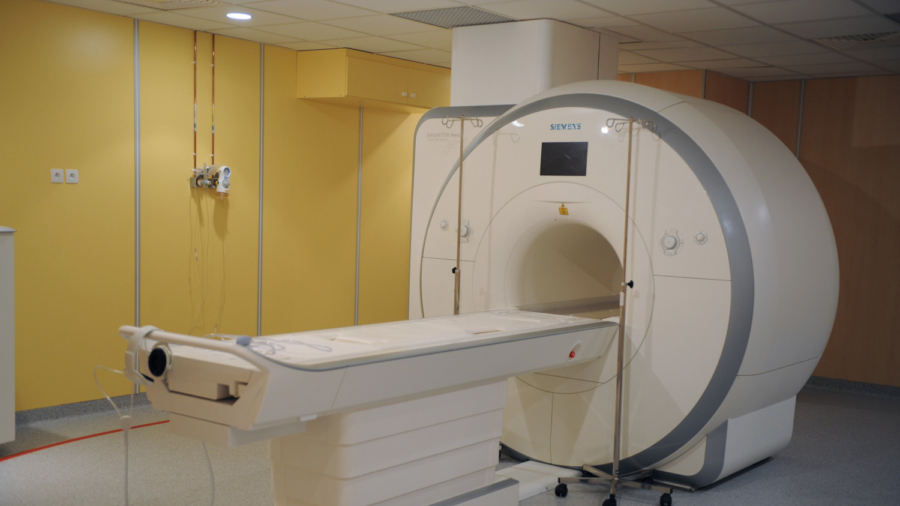A North Carolina man said that his nose started running on Thanksgiving in 2017 but that the fluid coming out was actually brain fluid.
“I was preparing a meal and standing in the kitchen and it just added itself to the ingredients—it screwed up the whole dinner,” Greg Phillpotts, of Johnston County, told ABC 11.
Phillpotts had been battling health issues for five years. He thought he had allergies, while some doctors had told him he had pneumonia or bronchitis.
“You could be anywhere. You could be on the airplane, you could be talking to anybody and this thing just drains out of your face,” he said.
He finally saw a doctor who correctly diagnosed the issue. It was a cerebrospinal fluid leak.
He was ecstatic when it was fixed.
“Have you ever been so congested that you can’t breathe?” Phillpotts said. “All of sudden you can breathe again and what a relief that was!”
He thought it was just allergies or even just a runny nose. It turned out to be something he needed surgery for. It’s all next at 11 #ABC11 @MountSinaiNYC pic.twitter.com/Z5ZsU5s3G2
— Josh Chapin (@JoshChapinABC11) November 16, 2018
Johnston County man's runny nose turns out to be leaking brain fluid. https://t.co/gfEFFBHwzq pic.twitter.com/GXevNVkeue
— ABC11 EyewitnessNews (@ABC11_WTVD) November 16, 2018
Fluid Leak
Dr. Alfred Iloreta of Mount Sinai Hospital in New York said that cerebrospinal fluid (CSF) typically surrounds the brain.
“It’s the leakage of fluid that surrounds the brain to cushion it primarily to protect it from shock or trauma or anything like that,” he told the broadcaster.
Cedars-Sinai Hospitals notes that the problem often leads to intense headaches.
“CSF cushions and protects the brain and spinal cord. It is held in place by a sac-like covering called the meninges. The thickest outer layer of the meninges is the dura. Normally, the brain floats in this fluid,” Cedar-Sinai said.
“A CSF leak is when a hole or tear in the dura allows this fluid to leak out. When the volume of CSF becomes low, the brain will sag inside the skull, causing headaches that worsen when the patient is in an upright position (sitting or standing up). CSF leaks can happen after medical procedures, such as lumbar puncture (spinal tap), epidural injections, or spine surgery,” it continued.
In some cases, the leak can seem to happen separate from medical procedures, making the intense headaches or other symptoms harder to diagnose. “In two-thirds of cases, patients report no history of a triggering event, such as lifting, straining, stretching, sporting activities, roller coaster rides and falls,” Cedars-Sinai noted.
A scan of the head typically reveals the problem, which can be fixed with a simple surgery.


